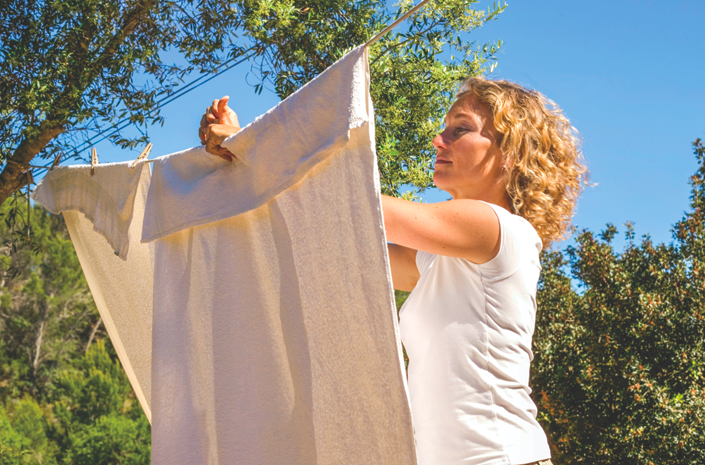The arrival of warmer weather means different things to different people. Some anticipate opportunities for outdoor fun, while others may be considering redecorating or remodeling their homes. For the latter group, home improvement season provides a great opportunity to make homes more eco-friendly.
When planning home improvement projects, it’s best to first choose a project and then look for ways to make the project more environmentally friendly. Such an approach may not only benefit the environment, but it also may benefit homeowners’ bottom lines.
Interior decorating
Longer days and warmer temperatures often translate into wanting to freshen up the interior of a home. Heavy draperies and comforters are put away, and lighter fabrics are taken out of storage. Whenever possible, reuse or repurpose items you already have rather than purchasing new items. Longer drapes can be cut and hemmed to be used as window treatments in other rooms. Making a patchwork blanket out of old T-shirts is a crafty project that makes use of items that would otherwise be destined for landfills.
When laundering linens, skip the energy-using dryer and let items line dry in the sun and fresh air.
If you decide to purchase some new items, look for products made from sustainable or organic fabrics. Hemp and bamboo textiles have grown in popularity. Hemp and bamboo plants grow quickly, and their durability makes these materials smart choices.
When replacing items around the house, donate older items to a charitable organization.
Flowers and plants
Spring and summer call to mind beautiful blooming plants. Relying on native, sustainable plants is practical, environmentally friendly and cost-effective.
According to the National Wildlife Federation, sustainable plants are native plants. Native plants sustain local wildlife more effectively than non-native alternatives, so include native plants in your sustainable garden. Native plants also are less reliant on pesticides and herbicides to keep them healthy and viable.
Don’t forget to bring plants indoors as well. Even though you may be opening the windows more, indoor plants can filter and purify indoor air. The NASA Clean Air Study, led in association with the Associated Landscape Contractors of America, found that certain common indoor plants naturally remove toxic agents such as benzene, formaldehyde and trichloroethylene from the air. Efficient air cleaning is accomplished with at least one plant per 100 square feet of home or office space.
Proper disposal
Spring cleaning is another tradition for many families come the end of winter and dawn of spring. Many people use spring as a time to go through closets and garages to remove items they no longer use or need. In an effort to clean up fast, some people may dispose of chemical products, paints, treated lumber, and many other items in ways that can be damaging to the environment. Always learn local municipal guidelines for proper disposal of potentially harmful products. Area recycling centers may have drop-off areas for stains and paints, used motor oil and other potentially harmful products.
Before discarding something, see if it can be donated or sold. This will result in fewer items ending up in landfills.
Exercise caution outdoors as well. Runoff from cleaning products used on home siding or driveways can leach into the surrounding soil or find its way into sewage drains that ultimately direct fluids to public waterways. Choose environmentally responsible products whenever possible.
Springtime renovation and cleaning projects provide the perfect opportunity to adopt eco-friendly practices that pay dividends for years to come. TF164031
